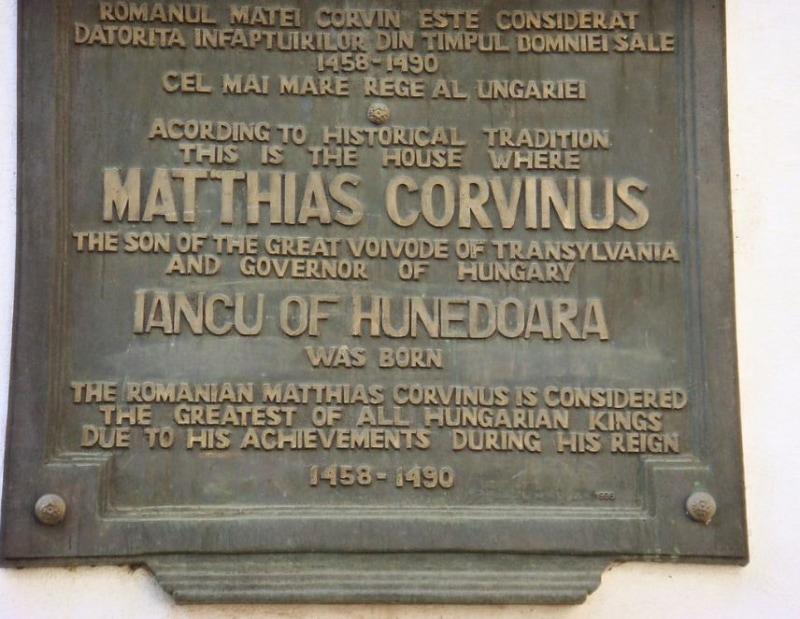Matthias Corvinus House
Removed from Unnamed collection





Source: Priscilla Bates Images may be subject to copyright. Learn More
The Matthias Corvinus House, also known as the Mehffy House, boasts a stunning Gothic architectural style hailing from the 15th century. Today, it houses the Art and Design University of Cluj-Napoca. Back in the day, this building served as the city’s inn and was where Matia Corvin, the illustrious King of Hungary, was born on February 23, 1443. His father, John Hunyadi, was the vaivode of Transylvania. Revered as Hungary's greatest king from 1458 to 1490, Matia was not only a learned man but also a patron of the arts, celebrated for his wisdom and fairness. His legacy lives on in songs and legends even today. In a charming nod to his roots, in 1467, Matia exempted the owners of his birthplace from paying city taxes and fees, a privilege upheld by subsequent monarchs and princes.
Over the centuries, this historic house has transformed through various roles and styles. It was once a college and even hosted the ethnographic collections of the Transylvanian Carpathian Society. The building has evolved with the times, incorporating different architectural influences. Notable Gothic features include the basement and some window and door platbands with oblique section lintels. The early 16th century saw the first Renaissance touches, such as the facade's platbands adorned with denticles, blending seamlessly with the Gothic elements, alongside a portal featuring a broken arch. Original arches have mostly been replaced over time.
In the 18th century, the house served as a hospital and underwent several Baroque modifications in its courtyard. By the late 19th century, the building had fallen into disrepair and required restoration. It was then infused with Art Nouveau and Secession elements, which were all the rage at the time. However, in the 1950s, these Art Nouveau features were removed as they clashed with the building's historic architecture. Today, the Matthias Corvinus House stands as a testament to its rich history and evolving styles, offering visitors a glimpse into the past while serving as a vibrant hub for art and design. Nestled in the heart of Cluj-Napoca, this architectural gem is a must-visit for history buffs and art lovers alike. The city itself is a lively blend of old-world charm and modern energy, with cozy cafes and bustling streets inviting exploration. Whether you're wandering through its historic halls or simply soaking in the atmosphere of Cluj-Napoca, the Matthias Corvinus House is a place where history and creativity beautifully converge.
 Priscilla Bates
Priscilla Bates  Romania
Romania